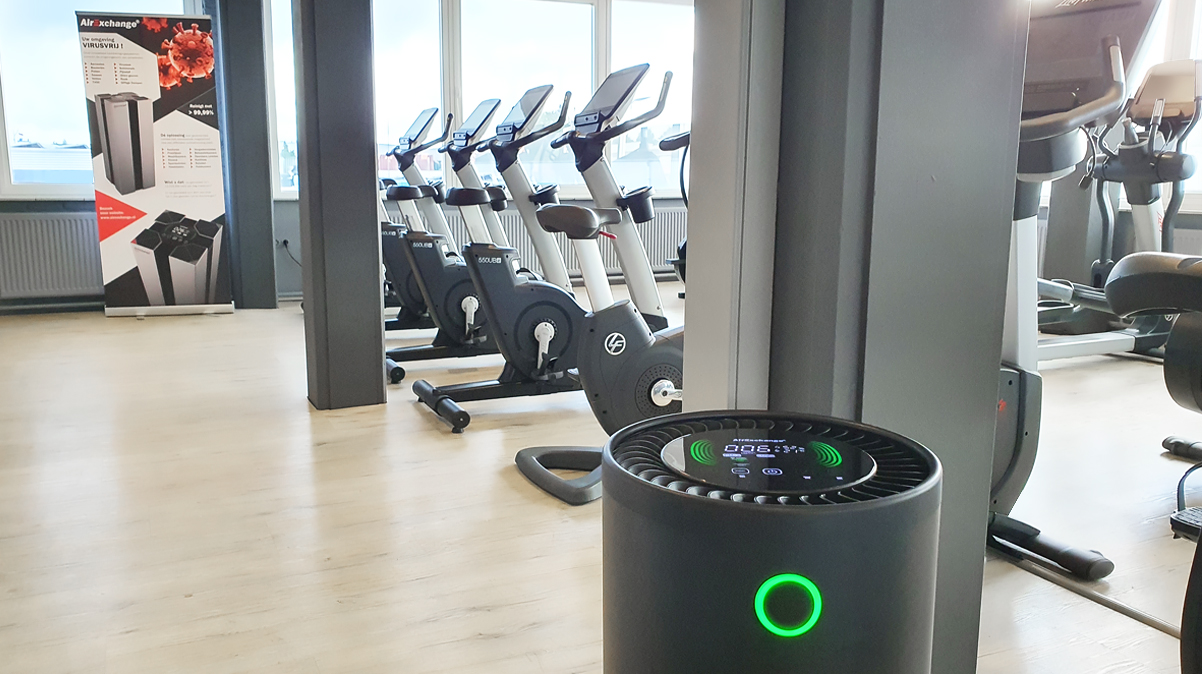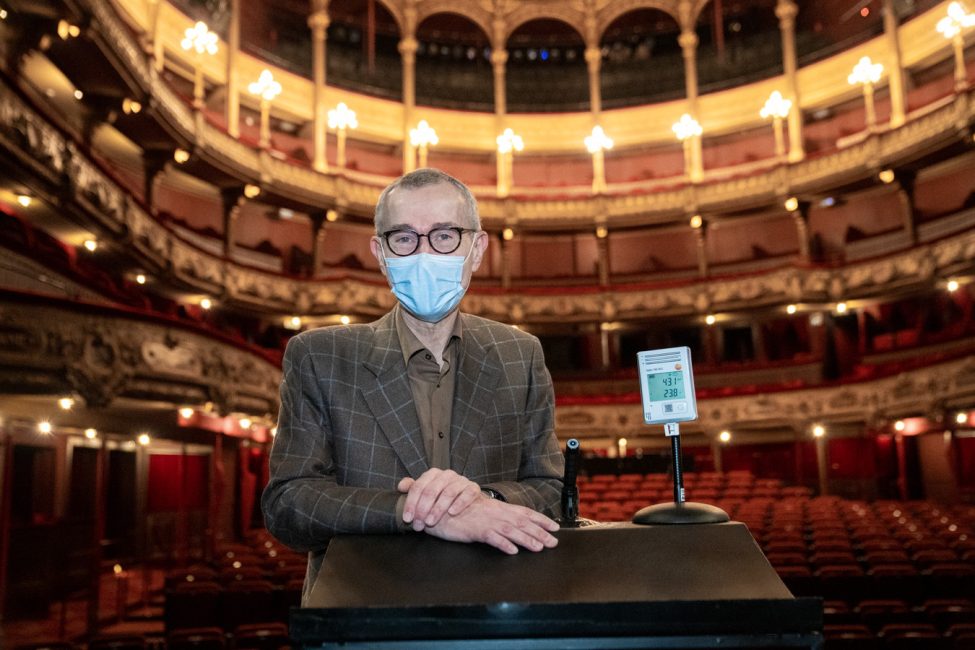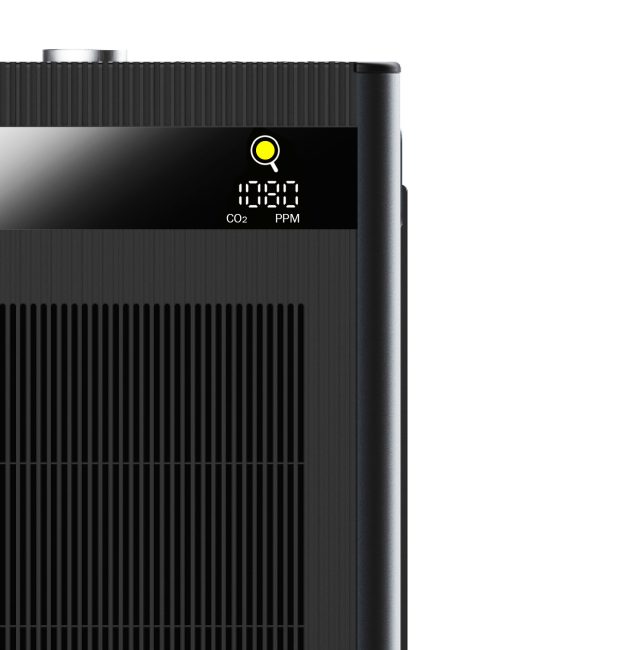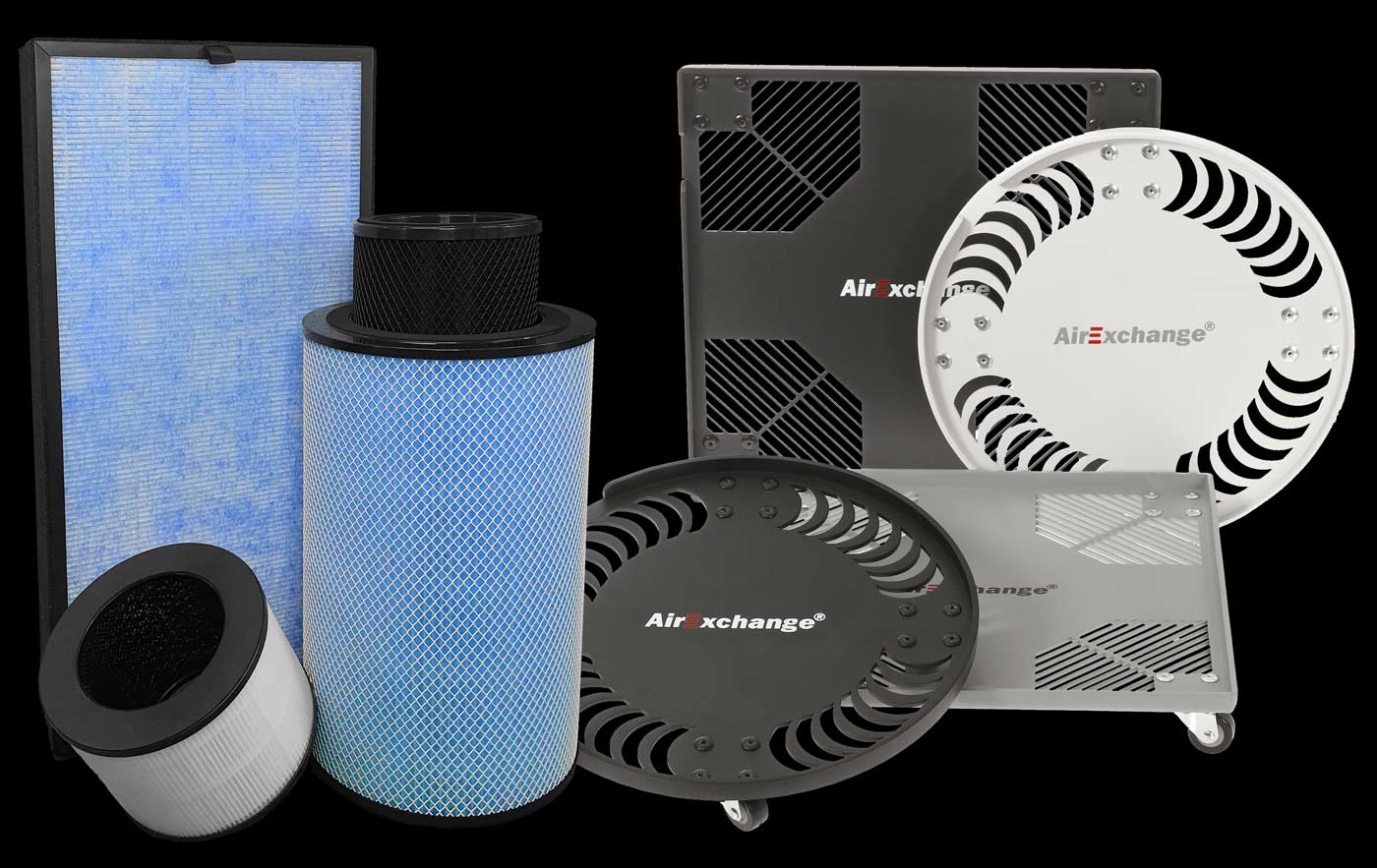
Belgian Federal Government gives green light to mandatory air purification and ventilation plan. Are you ready?
- Post published:April 5, 2022
The federal government of Belgium has agreed on a legal framework under which all publicly accessible places must carry out a risk analysis and require a CO2meter should have. In the event of an increased risk, the entrepreneur/operator will have to draw up an action plan to guarantee good air quality for visitors by means of ventilation or air purification.
Publicly accessible places include cafes, sports canteens, restaurants, theaters and gyms, according to the Minister of Health Frank Vanderbroucke.
From 2025 it is mandatory to be able to show an air quality label to visitors. The air quality facilities within the building must be stated on this certificate.
Why this ventilation plan?
According to scientists and the Belgian cabinet, people spend an average of 85% of the day indoors. Healthy air is therefore important for the general health of the population.
A healthy living and working environment leads to higher productivity, fewer sick reports and a decrease in health complaints. With the right plan of approach, in addition to the spread of respiratory infection, viruses such as COVID-19 and the annually recurring flu virus can also particulate matter, fungi, pollen and house mites be prevented.
How do I comply with the government's mandatory ventilation plan?
The target standards of the Belgian cabinet for the ventilation plan are relatively simple. Thus, it is required that ppublic places must be equipped with a CO2-meter, where the CO2concentration should never exceed 1200 ppm (parts per million).
Per CO2level, an adequate ventilation plan is required from the entrepreneur, based on the following two situations;
- †Level A' corresponds to a CO2concentration less than 900 ppm.
At Level A, ventilation and/or air purification of at least 40m³ per hour per person must be provided. - †Level B' corresponds to a CO2concentration less than 1200 ppm.
At this level, ventilation and/or air purification must be provided at a rate of at least 25m³ per hour per person.
Ventilation can be used in the form of mechanical ventilation, but opening windows, doors or ventilation grilles is also seen as additional ventilation. In rooms where no ventilation is possible or where open windows or doors are not desired (such as in the cold winter months), it is possible to install air cleaning systems to meet the requirements of the ventilation plan.
Air purification systems use filtration to purify harmful substances from the air. These systems offer protection against virus particles, fine dust, pollen and bacteria, if the correct cleaning techniques are used.
The power and capacity of the devices is expressed in CADR (Clean Air Delivery Rate), in m³/h.
Ventilation is very important for our general health. It is a matter of quality of life.
Frank Vandenbroucke, Minister of Health

What does a ventilation system cost?
The costs for adapting an existing ventilation system differ per situation. Because every situation is different, factors such as; supply options, accessibility, availability of materials and workers, insulation standards, etc.
It is also important to know which type of ventilation system is chosen. For example, type A ventilation (ventilation through grilles) roughly starts at €2000, and type D ventilation (with heat recovery system) quickly costs many thousands of euros.
With current gas prices, it is therefore crucial that the heated air is not discharged directly outside.
Determine ventilation plan? AirExchange®'s air cleaning systems with a built-in CO2 meter tackle two problems at once.
Making a risk analysis based on a separate CO2meter and determining a ventilation plan will be a challenge for many entrepreneurs / operators in the coming months. AirExchange® air cleaning systems are the ideal and complete solution to easily comply with the ventilation plan.
Our smart air cleaning systems keep in addition to the current CO2 concentration, also the prevailing air quality in the room. With a cleaning capacity of up to 1500 m³/h, one device is often enough to improve the air quality for the entire room. The intelligent systems are plug-and-play, easy to move and easy to operate.
To prevent malfunctioning devices from being sold on the market, the Belgian federal government has compiled a list of permitted air cleaning systems. The AirExchange® air cleaning systems have been tested and fully approved in the fight against COVID-19.
With all questions about ventilation, air purification and meeting the target standards, the AirExchange® Team is always ready to provide you with advice!

Frequently Asked Questions:
What does a CO2 sensor do?
A CO2 meter monitors air quality and gives an indication whether there is sufficient ventilation.
Am I ventilating enough?
Ventilation is always desirable. This way you not only lower the CO2 concentration, but also the fine dust, mold and house dust mite content and at the same time brings you fresh air (oxygen – O2) go inside. You can ventilate by, for example, opening the ventilation grilles and flap windows, or by regularly opening a window or door.
To check whether you are ventilating sufficiently, a CO2 meter advised. The measured values give an indication when it is time to ventilate the room again.
How many PPM can the CO2 sensor indicate? What are the guidelines?
The ARBO, GGD and the Fresh Schools Class C Program use the following: CO2levels and color coding;
• Green: 400 to 800 ppm is good (±400 is approximately the outside air level).
• Yellow orange: 800 to 1200 ppm is above average.
• Red: >1200 ppm is bad (ventilation is necessary at this value. Complaints such as dizziness and loss of concentration can occur).
How much CO2 does a person exhale?
A person breathes on average about 17 liters CO2 out per hour. Assuming a room of 23 m³, where on average one person is present, these emissions are equivalent to approximately 700 ppm.
In an environment with a CO2 content of 400 ppm is the total CO2value within one hour in this space ~1,100 ppm.
This value exceeds the limit of 900 ppm and so a Level B air cleaning ventilation plan will have to be drawn up.
Does an air purifier clean CO2?
An air purifier can purify a particularly large amount of (harmful) substances from the air, but has no direct effect on the air CO2-concentration.
CO2 is a by-product of combustion processes. This process occurs with our breathing, but also with the burning of wood or oil products, such as petrol and diesel.
CO2 can only be 'cleaned' by means of photosynthesis. This process, which takes place in trees and plants, among other things, ensures that CO2compounds are converted to oxygen (O2).
Although our air cleaning systems are equipped with powerful activated carbon carbon filters, which capture a wide range of odors, gases, vapors and other chemical compounds from the air, pplants (on a large scale), the only possibility to CO2 to purify the air.

